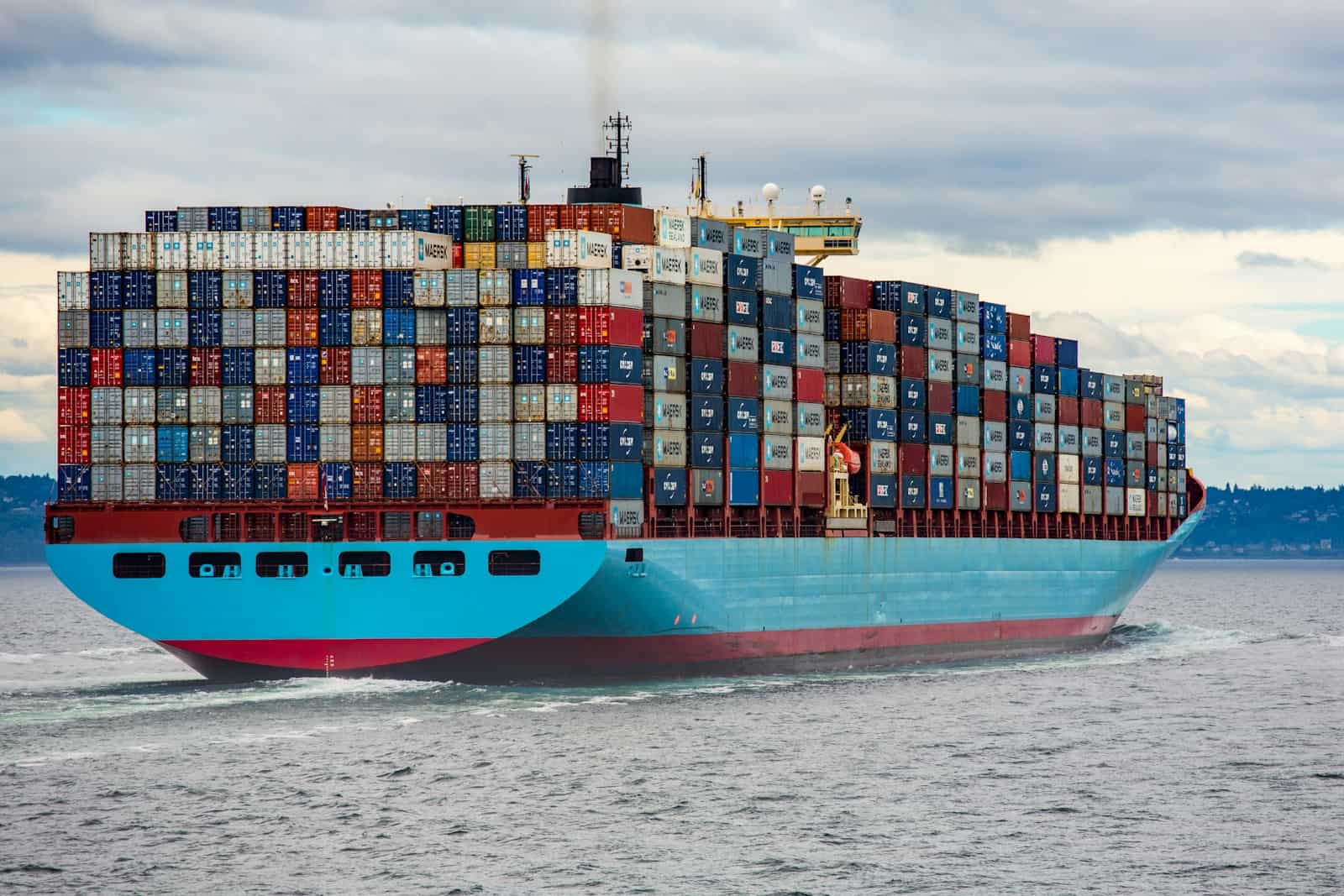The tariffs under Section 301 of the Trade Act of 1974 (also known as the ‘Trump Tariffs’) mark a significant chapter in U.S.-China trade relations. These tariffs aimed to address unfair trade practices by China related to technology transfer, intellectual property, and innovation. The administration believed these practices were discriminatory and restricted U.S. commerce.
In September 2018, the Trump administration imposed a 10 percent tariff on $200 billion worth of Chinese goods. This increase reached 25 percent in May 2019, reflecting the ongoing tension in trade negotiations. Companies operating in international trade had to grapple with these changes, which affected their supply chains and cost structures.
Section 301 tariffs not only targeted specific goods but also sparked wider debates about their economic impact. Some supported these measures as necessary to protect U.S. interests, while others expressed concerns about potential retaliation and increased costs for consumers.
Understanding Section 301 Tariffs: A Closer Look at Global Trade Impacts
What are Section 301 Tariffs?
Section 301 tariffs are trade measures imposed by the United States Trade Representative (USTR) under Section 301 of the Trade Act of 1974. These tariffs are typically levied on imports from countries engaging in unfair trade practices, such as intellectual property theft or forced technology transfer.
The U.S.-China Trade War
The most prominent example of Section 301 tariffs is the U.S.-China trade war. Starting in 2018, the U.S. imposed several rounds of tariffs on Chinese goods, citing concerns about China’s unfair trade practices. China retaliated with tariffs on U.S. goods, escalating the trade conflict.
Impact on Global Trade
The Section 301 tariffs have had a significant impact on global trade flows. They have disrupted supply chains, increased costs for businesses and consumers, and contributed to uncertainty in international trade relations.
| Impact | Description |
|---|---|
| Increased costs for businesses | Importers face higher costs for goods subject to tariffs, which may be passed on to consumers through higher prices. |
| Disrupted supply chains | Tariffs can disrupt established supply chains, forcing businesses to find alternative sources for goods. |
| Increased uncertainty | The threat of further tariffs creates uncertainty for businesses, making it difficult to plan for the future. |
| Potential for retaliation | Countries targeted by tariffs may retaliate with their own tariffs, further escalating trade tensions. |
| Negative impact on global growth | Trade wars can dampen global economic growth by reducing trade volumes and increasing costs. |
| Increased prices for consumers | Tariffs can lead to higher prices for consumer goods, affecting households’ purchasing power. |
Beyond the U.S. and China
While the U.S.-China trade war has received the most attention, Section 301 tariffs have also been used against other countries. The U.S. has imposed tariffs on goods from several countries, including India and Turkey, for various trade-related reasons.
Key Takeaways
- Section 301 tariffs targeted China’s unfair trade practices.
- Tariffs increased from 10 percent to 25 percent by May 2019.
- The measures led to significant debate on economic impact.
Analysis of Section 301 Tariffs Under the Trump Administration
The Section 301 tariffs implemented by the Trump administration aimed to address trade imbalances and protect intellectual property. These tariffs had varied effects on the U.S. economy, influencing several stakeholders including manufacturers, consumers, and businesses.
The Genesis of Section 301 Tariffs
Section 301 of the Trade Act of 1974 allows the U.S. to impose trade sanctions to counter unfair practices. In August 2017, the Office of the United States Trade Representative (USTR) started investigating China’s trade actions. By March 2018, they found China guilty of forced technology transfers and intellectual property theft. As a result, President Trump initiated 25% tariffs on many Chinese goods, impacting a vast range of imports.
Impact on the U.S. Economy and Stakeholders
The Section 301 tariffs produced mixed outcomes for the U.S. economy. U.S. manufacturers faced higher costs for imported inputs, causing increased prices for products. This disadvantaged many small and medium businesses. Workers in some sectors saw job growth due to increased domestic production of goods like steel and aluminum. However, higher prices hurt consumers, leading to reduced real income and lower overall economic output. The tariffs also spurred retaliatory measures from China, affecting U.S. exports.
Policy and Negotiation Developments
Under President Trump, the U.S. used the Section 301 tariffs to pressure China into trade negotiations. These discussions led to the Phase One trade deal in January 2020. It aimed to improve Chinese policies on intellectual property, technology transfer, and market access. The Biden administration has kept these tariffs in place, reviewing their effectiveness and impact. The ongoing trade tensions and negotiation efforts continue to shape international trade relationships and economic policies.
Frequently Asked Questions
This section covers key concerns about Section 301 tariffs, including their administration, affected goods, exclusion requests, economic impact, and international trade relations. It also looks at legal challenges.
How are Section 301 tariffs determined and administered?
The U.S. Trade Representative (USTR) investigates unfair trade practices by other countries. If it finds a violation, the USTR can impose tariffs on products from that country. These tariffs are managed by U.S. Customs and Border Protection (CBP).
What goods are affected by the Section 301 tariffs?
Section 301 tariffs mainly impact goods from China. This includes electronics, machinery, and some consumer products. The list of affected goods is regularly updated based on trade practices and economic evaluations.
How can businesses request exclusions from Section 301 tariffs?
Businesses can apply for exclusions through the USTR’s website. These requests should show how the tariffs harm U.S. interests. Successful exclusions allow businesses to import certain products without paying the tariff for a specified period.
What has been the economic impact of the Section 301 tariffs?
The tariffs have raised costs for many U.S. businesses, especially those reliant on Chinese imports. Some businesses have passed these costs onto consumers. The tariffs have also led to trade shifts, with some companies sourcing goods from other countries.
How do Section 301 tariffs affect international trade relations?
The tariffs have strained trade relations between the U.S. and China. They have led to retaliatory tariffs on U.S. goods. This has impacted U.S. exports, particularly in agriculture and manufacturing.
Are there any legal challenges to the Section 301 tariffs?
Yes, several companies and trade groups have filed lawsuits against the tariffs. They argue that the tariffs are unlawful or overreach the USTR’s authority. These legal battles are ongoing and could impact the future of Section 301 tariffs.







